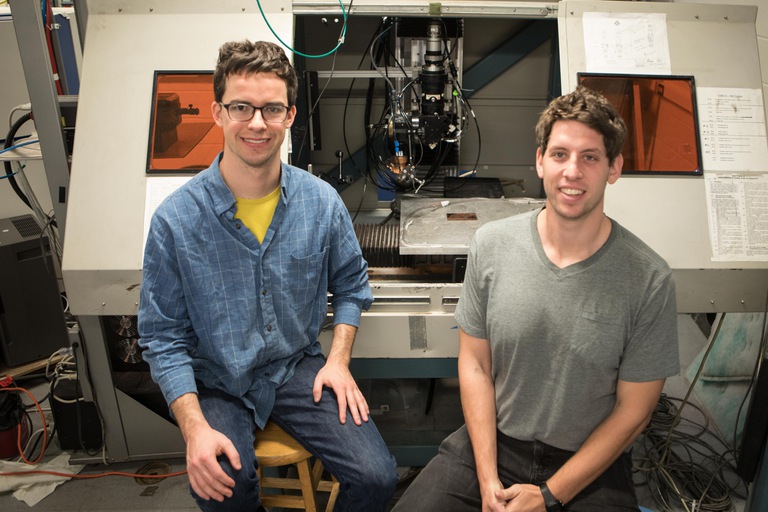
Amit Misra, Professor and Chair of Materials Science and Engineering, and Professor (by courtesy) of Mechanical Engineering, and Jyoti Mazumder, Robert H. Lurie Professor of Mechanical Engineering and Professor (by courtesy) of Materials Science and Engineering, are part of a new multi-university team that will contribute to our understanding of additively manufactured advanced metallic alloys for high-strain rate and other structural materials applications in national security.
The Center for Research Excellence on Dynamically Deformed Solids (CREDDS), will receive $12.5 million over five years from the Department of Energy through the National Nuclear Security Administration (NNSA), the agency behind the Nation’s Stockpile Stewardship Mission. CREDDS is multi-university team involving 10 faculty members from Texas A&M University (lead), University of Michigan, University of California-Santa Barbara and University of Connecticut.
“We are excited to be a part of the new DOE/NNSA center,” said Misra. “Our goal as materials scientists and engineers is to make a difference in the world and few issues are as important as national security and training the next-generation workforce.”
Materials for National Nuclear Security
The maintenance of the nuclear stockpile entails the introduction of new materials and processes. That’s because some of the old manufacturing processes used to produce the original parts of a weapon no longer exist. Plus, some of the materials used in the past can’t be used now because of environmental safety and health implications. As a result, scientists and engineers are exploring advanced manufacturing processes like 3D printing as well as new materials.
The advanced materials studied by CREDDS will have hierarchical microstructures that result in properties superior to their predecessors. “Additive manufacturing presents a new opportunity for design of heterogeneous metallic materials,” Mazumder said, “but the challenge is to certify-as-you-build.” The use of additive manufacturing technology in critical defense applications requires a high level of quality assurance and Mazumder’s group has pioneered in situdiagnostic approaches in the certify-as-you-build paradigm of advanced manufacturing.
Of special interest to CREDDS researchers is how the materials deform and spall under very high strain rates, or how quickly the shape of a material changes under extreme conditions such as shock loading. CREDDS researchers aim to observe what happens on the level of individual imperfections in an alloy when it is exposed to high strain rates. They will not only examine the material afterwards—a kind of post-mortem analysis—but also understand what’s happening during the deformation at short time scales through in situexperiments as well as advanced computer simulations. Overall, CREDDS will deliver not only new additively manufactured materials for national security applications but also mechanistic understanding and predictive capability of quasi-static and high strain rate mechanical behavior through an integration of computational modeling and in situexperimental characterization.
Toward the Future
Just as important as the science is training the students. “It is critical to motivate and train the next generation of scientists and engineers to tackle the challenging problems of national security in the future that requires new materials, advanced simulations and manufacturing,” Misra commented. To that end, CREDDS will include a variety of outreach activities that include seminars, symposia and summer schools. In addition, students affiliated with CREDDS will have the opportunity to conduct research for extended periods of time at the DOE/NNSA laboratories involved in stockpile stewardship.